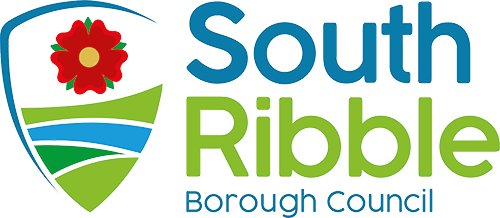Biodiversity in South Ribble
Biodiversity is shorth for Biological Diversity - the variety of all living things. It includes the 70,000* different UK plants, animals, insects, bacteria and fungi and the places where they live (* Natural History Museum). It includes the food we eat, the water we drink and the air that we breathe. It's happening all around us without our intervention, often without us noticing it.
Biodiversity shapes our local distinctiveness and the landscape character of South Ribble. It contributes to our sense of wellbeing and our mental health. It plays a part in our response to Climate Change, Air Quality and flood management.
What are we doing to help Biodiversity in South Ribble?
- Biodiversity Strategy
As an overarching climate subject, we developed our Biodiversity Strategy In 2021
- Tree planting schemes
Since 2019 over 110,000 trees have been planted across the Borough, with more than 15,000 given directly to residents for their own gardens. That's more than 1 tree for every resident!- 2019/20 - 45,323 trees planted
- 2020/21 - 18,762 trees planted
- 2021/22 - 46,710 trees planted
- Tree Giveaways
We've had an amazing response to our tree giveaway events. Find out moreabout details this year's Tree Giveaways in South Ribble
- rewilding sites in South Ribble
- Wildflower & Urban Meadows
- Friends Groups
Land in South Ribble
South Ribble Borough Council owns 447.6 hectares of land in the Borough, equating to only 3.9% of the total area.
Satellite imagery by ESA Sentinel-2 satellite has classified land use type in South Ribble as:
Grassland | 55% |
Tree cover | 20% |
Urban | 14% |
Cropland | 8% |
Permanent water bodies | 1% |
Bare / sparse vegetation | 1% |
Herbaceous wetland (non-permanent water bodies) | less than 1% |
Shrubland | less than 1% |
Priority Habitats are defined as those that are most threatened and requiring conservation. In South Ribble these are:
Priority Habitat | Hectares | % of the Borough |
Coastal and floodplain grazing marsh | 977.8 | 8.53% |
Deciduous woodland | 613.3 | 5.35% |
Coastal saltmarsh | 318.7 | 2.78% |
Mudflats | 58.1 | 0.51% |
Good quality semi-improved grassland | 20.6 | 0.18% |
Lowland Meadows | 9.8 | 0.09% |
Traditional orchards | 6.1 | 0.05% |
Lowland raised bog (Peat) | 0.75 | 0.01% |
One hectare is 100-meter x 100 meter square (10,000m2) or approximately the size of a football or rugby pitch.




